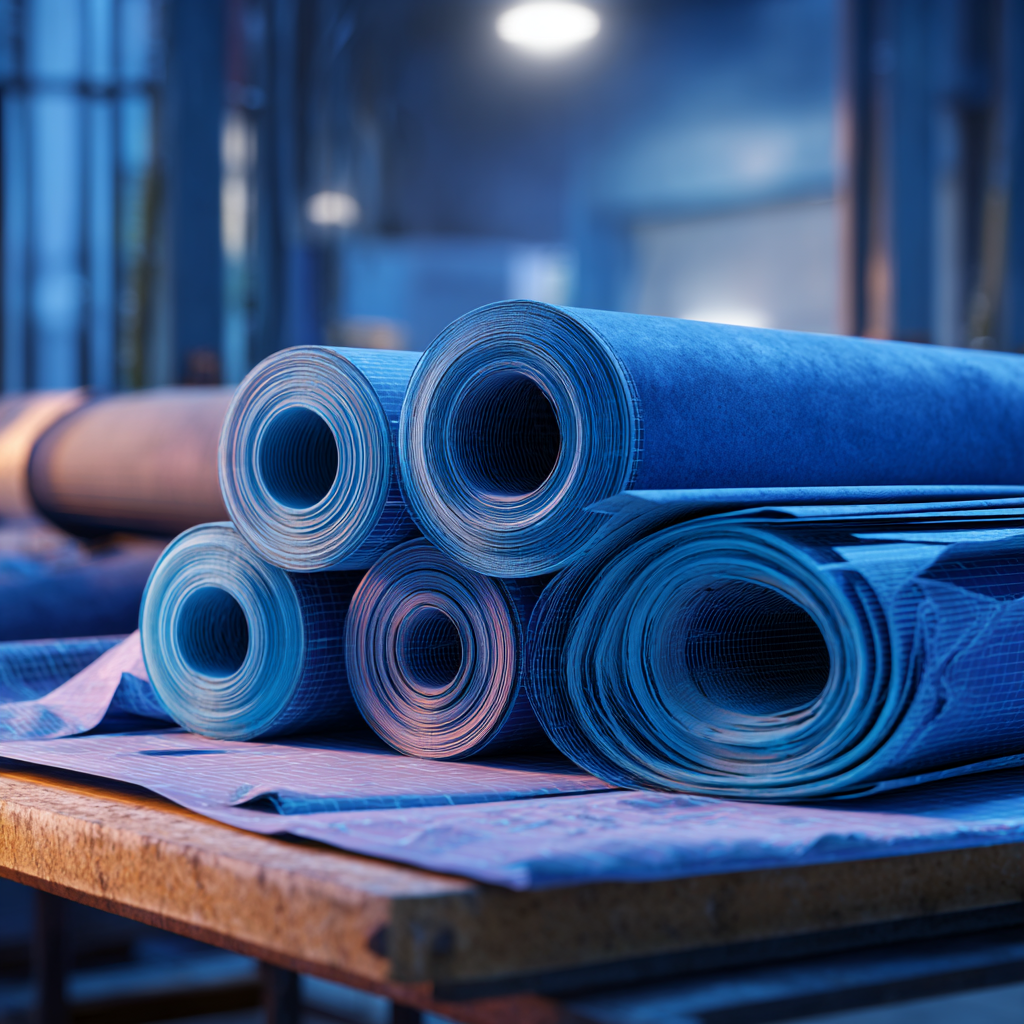How to Scan Paper Drawings to AutoCAD
How to Scan Paper Drawings to AutoCAD
If your engineering company uses AutoCAD and has paper drawing designs that need to be saved for future reference or for design changes, knowing how to handle these paper drawings in an AutoCAD environment is important. What exactly is entailed when it comes to converting paper drawings to AutoCAD? It is a two-part process. First, the drawings must be scanned; then the scanned file must be converted to an AutoCAD file.
The Scanning Process
The first step in converting paper drawings to AutoCAD is the scanning process. Scanning engineering drawings require an accurate large format scanner and a knowledgeable scanner operator. Your firm may choose to purchase a scanner and train someone within your company to use the scanner, or you may decide to outsource the scanning process.
When deciding whether to outsource or to scan and convert in-house, consider how many drawings you need to convert. Too few drawings and you will not be able to justify the cost of a scanner; too many drawings and the job may take too many man-hours away from current projects. If you have many drawings, but will only be converting them a few at a time, and, if you have a someone who knows his or her way around a large format scanner, then it may be to your advantage to purchase a large format scanner. However, if you have just a few drawings to convert, or if you have many to convert all at once, then outsourcing probably makes the most sense.
Consider also the condition of your legacy drawings. Drawings in poor condition will need special handling during scanning. If they are particularly fragile, they may need to be slipped into a projective document sleeve for scanning. If they are fragile or damage, even with a protective sleeve, the resulting scan will likely need editing and clean-up to ensure that everything is readable and clear. Most of today’s large-format scanners have excellent clean-up facilities within the operating software and can do a good job of file clean-up in the hands of an experienced scanner operator.
The Conversion Process
Even though most scanners can clean up the scanned files nicely, conversion to AutoCAD, or indeed, any CAD file, requires additional expertise. If you are using an automatic raster to vector conversion software, you must be particularly careful to have a clean and accurate scanned file. There are many challenges when it comes to doing the raster to vector conversion. The quality and resolution of the raster image are key factors for the quality and accuracy of the vectorized data.
While vector data structure provides a simpler and more abstract data representation than a raster image, it is not easy to do an automatic conversion from raster to vector, or so-called vectorization process. There has been extensive research and development focused on the issues involved in raster to vector conversion during the past decades. Since a raster image comes in the form of individual pixels, while vector data (such as an AutoCAD file) comes in the form of points and lines, the conversion process requires accuracy and care in order to maintain the spatial relationship of the original drawing. The raster to vector conversion process requires pre-processing, line tracing, text extraction (OCR), shape recognition and attribute assignment.
Even with advanced automated raster to vector conversion technology, it usually takes an additional hands-on human intervention to complete the process and has an accurate AutoCAD file. For instance, when converting legacy drawings into AutoCAD files, you will want to ensure that the converted files contain 5-7 layers, editable text, and correct dimensions in separate layers.
Because most engineering companies are focused on current projects, not the conversion of older projects, it can be helpful to outsource the paper to the AutoCAD process. Even for drawings that have already been scanned, often, because of the labor-intensive nature of the raster to vector process, it is more cost-effective to outsource the actual conversion to AutoCAD files.
Recent Posts


Outsourcing Engineering Services – Pros and Cons
This guide gives an in-depth look at the pros and cons associated with outsourcing engineering services, whether it’s a portion of the project or the whole thing.

10 Benefits of Outsourcing Your Drafting Project
This guide will teach you the function and importance of as-built drawings. You’ll also learn the power of outsourcing your as-built drawing services.

Large Format Scanning — What You Need to Know
This intro-level guide will walk you through the basics of large format scanning, including how they work and how it can benefit any engineering department.
